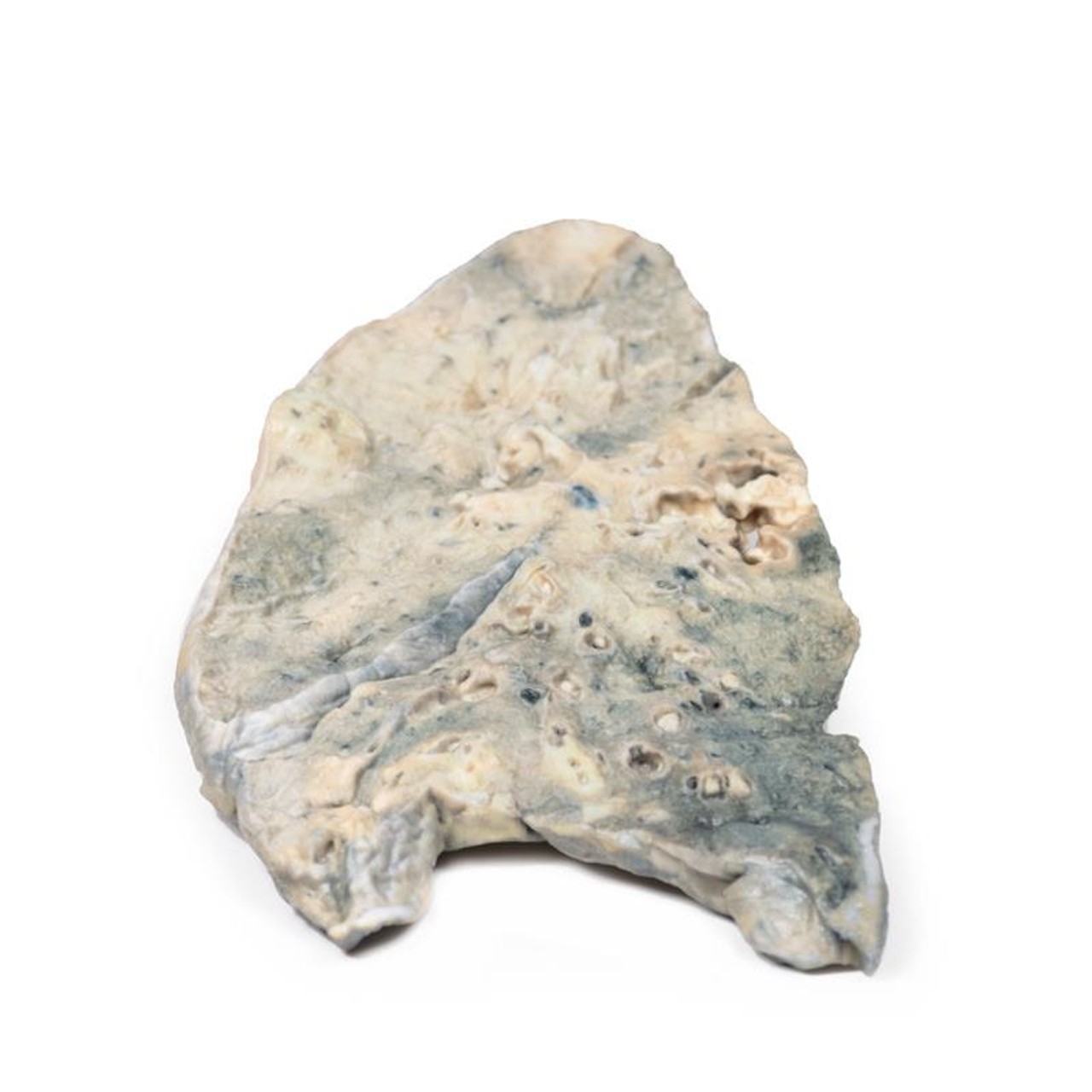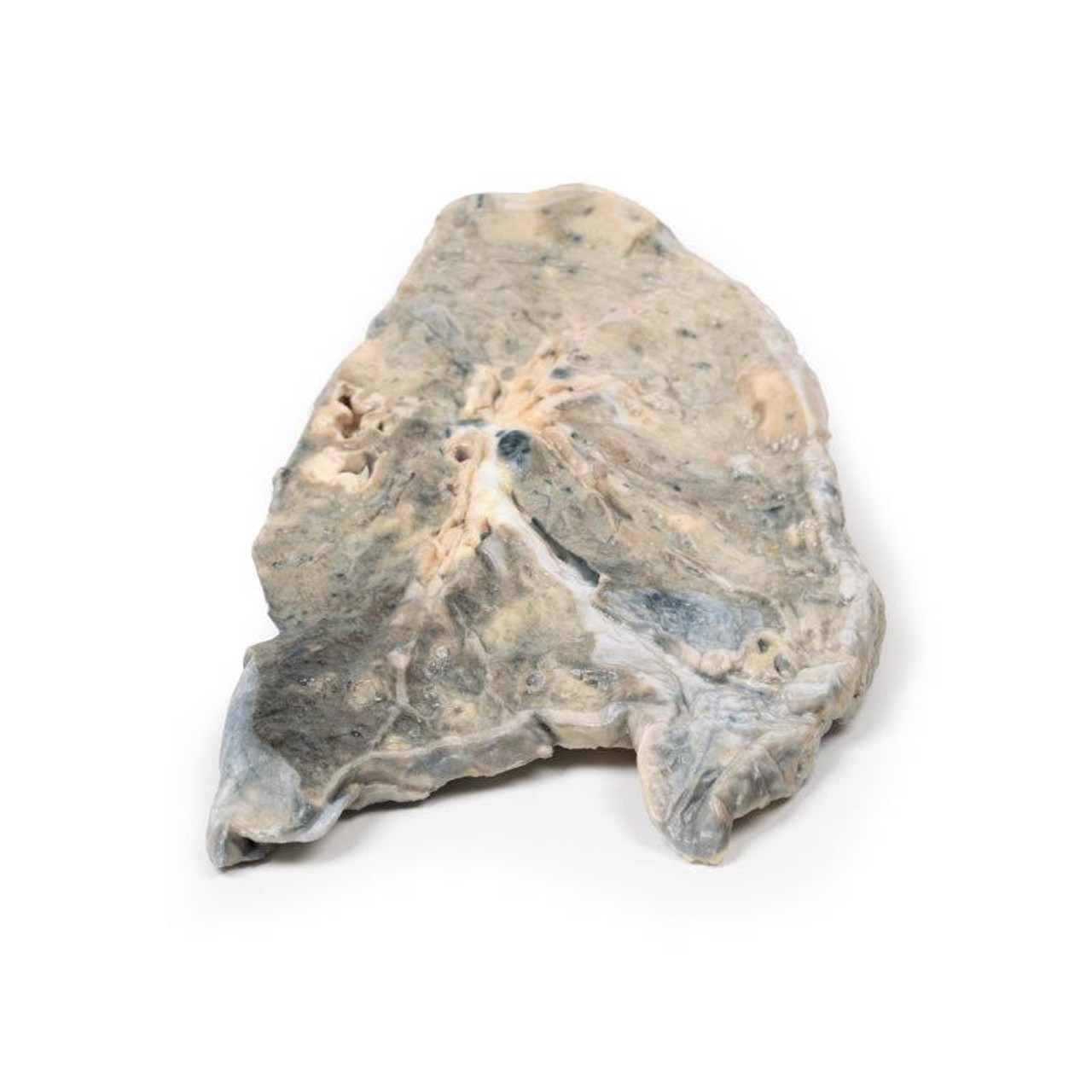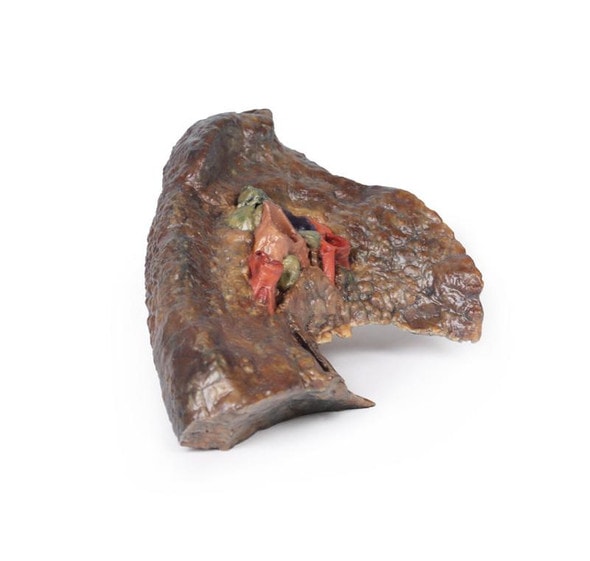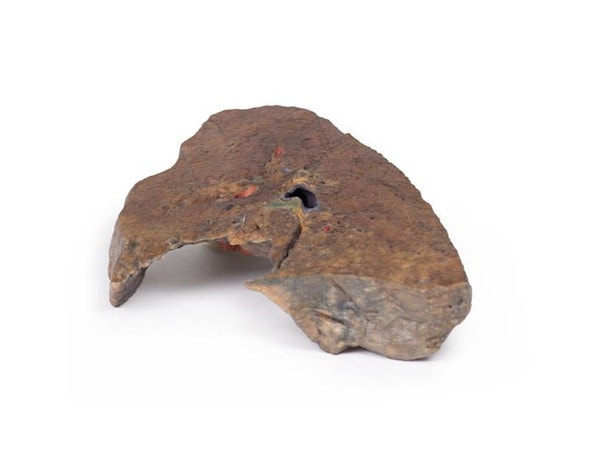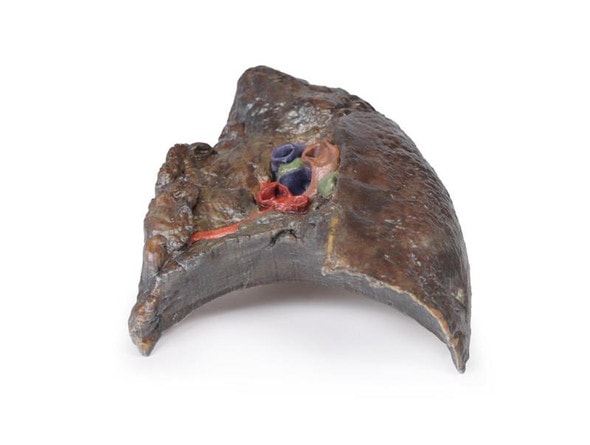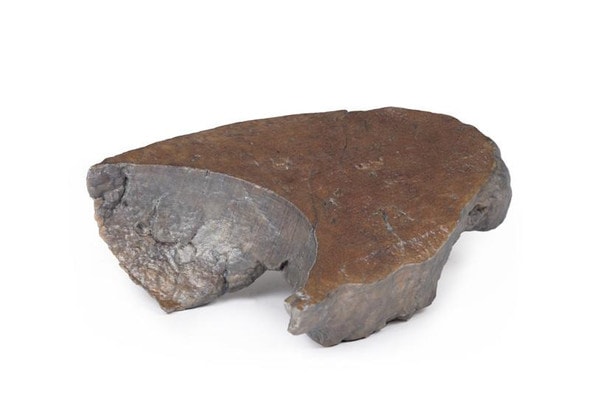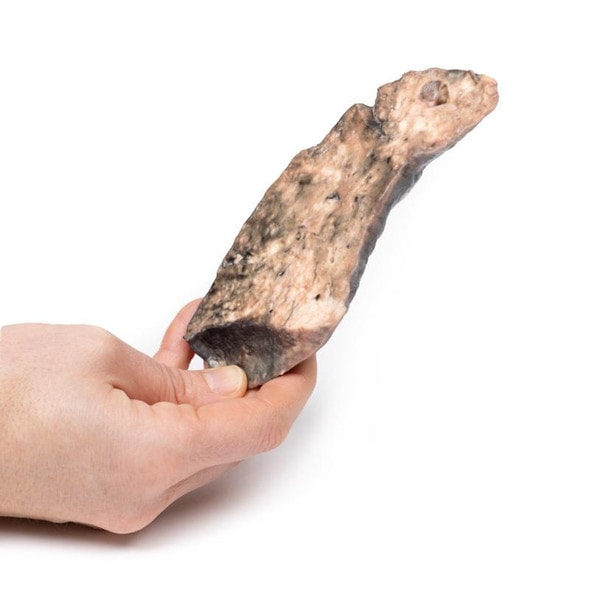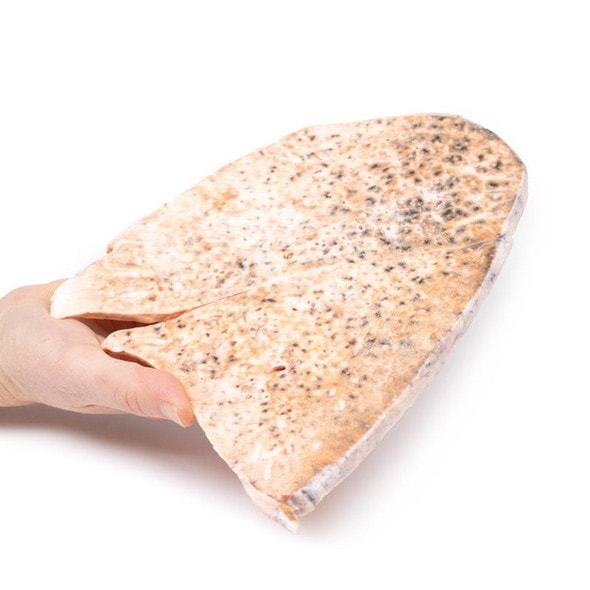- Home
- Anatomy Models
- Respiratory System Anatomy Models
- 3D Printed Staphylococcus Aureus Abscesses in the Lung
Description
Developed from real patient case study specimens, the 3D printed anatomy model pathology series introduces an unmatched level of realism in human anatomy models. Each 3D printed anatomy model is a high-fidelity replica of a human cadaveric specimen, focusing on the key morbidity presentations that led to the deceasement of the patient. With advances in 3D printing materials and techniques, these stories can come to life in an ethical, consistently reproduceable, and easy to handle format. Ideal for the most advanced anatomical and pathological study, and backed by authentic case study details, students, instructors, and experts alike will discover a new level of anatomical study with the 3D printed anatomy model pathology series.
Clinical History
A 55-year old female presents with severe dyspnoea, a productive cough and oral candidiasis. She is immunosuppressed with a history of rheumatoid arthritis being treated with steroids and cyclophosphamide. Sputum cultures grew staphylococcus aureus. She was commenced on appropriate therapy but died shortly after admission.
Pathology
The right lung has been bisected. There are multiple irregular abscess cavities visible. The largest of these, in the apex of the lower lobe, measures 4 x 3 cm in diameter. At the apex of the upper lobe, there is another irregular abscess cavity which is less obvious, approximately 3 x 2 cm in diameter surrounded by a zone of consolidation. A number of small abscesses are also seen. Patchy consolidation is present in the middle lobe. Numerous bronchi contain and are obstructed by plugs of pus. Cultures taken from the specimen grew Staph. aureus. This is an example of multiple Staphylococcal lung abscesses in an immunosuppressed patient.
Further Information
Staphylococcus aureus is a gram-positive coccus. It is part of the microbiota of the human body usually found on the skin or upper respiratory tract. It is usually commensal but may cause opportunistic infections such as skin infections commonly or less frequently, pneumonia and endocarditis. It can cause both community and hospital-acquired pneumonia. Hospital-acquired Staph pneumonia is most commonly associated with intubation and prolonged admissions. Prevalence of hospital acquired pneumonia caused by Methicillin-Resistant Staph Aureus (MRSA) is increasing.
It is an important cause of secondary bacterial pneumonia in patients following viral respiratory infection e.g. post influenza infection. Intravenous drug users have an increased risk of developing metastatic Staph. aureus pneumonia and endocarditis, as a result of staph bacteremia caused by the use of dirty needles. Staph. aureus pneumonia is severe and associated with an increased rate of complications, such as cavitating abscess formation and empyema.
Staph Aureus pneumonia should be suspected in any of the high-risk groups above as well as patients with pneumonia with rapid deterioration, hemoptysis, early multilobar pneumonia on X-ray, pulmonary cavitation or disseminated intravascular coagulation. First line treatment for Staph. aureus pneumonia is penicillin antibiotics, such as flucloxacillin. Staph aureus resistance to penicillin is very common with penicillinase production eg. MRSA. MRSA is treated with glycopeptide antibiotics, such as vancomycin, or oxazolidinone antibiotics, such as linezolid.
Advantages of 3D Printed Anatomical Models
- 3D printed anatomical models are the most anatomically accurate examples of human anatomy because they are based on real human specimens.
- Avoid the ethical complications and complex handling, storage, and documentation requirements with 3D printed models when compared to human cadaveric specimens.
- 3D printed anatomy models are far less expensive than real human cadaveric specimens.
- Reproducibility and consistency allow for standardization of education and faster availability of models when you need them.
- Customization options are available for specific applications or educational needs. Enlargement, highlighting of specific anatomical structures, cutaway views, and more are just some of the customizations available.
Disadvantages of Human Cadavers
- Access to cadavers can be problematic and ethical complications are hard to avoid. Many countries cannot access cadavers for cultural and religious reasons.
- Human cadavers are costly to procure and require expensive storage facilities and dedicated staff to maintain them. Maintenance of the facility alone is costly.
- The cost to develop a cadaver lab or plastination technique is extremely high. Those funds could purchase hundreds of easy to handle, realistic 3D printed anatomical replicas.
- Wet specimens cannot be used in uncertified labs. Certification is expensive and time-consuming.
- Exposure to preservation fluids and chemicals is known to cause long-term health problems for lab workers and students. 3D printed anatomical replicas are safe to handle without any special equipment.
- Lack of reuse and reproducibility. If a dissection mistake is made, a new specimen has to be used and students have to start all over again.
Disadvantages of Plastinated Specimens
- Like real human cadaveric specimens, plastinated models are extremely expensive.
- Plastinated specimens still require real human samples and pose the same ethical issues as real human cadavers.
- The plastination process is extensive and takes months or longer to complete. 3D printed human anatomical models are available in a fraction of the time.
- Plastinated models, like human cadavers, are one of a kind and can only showcase one presentation of human anatomy.
Advanced 3D Printing Techniques for Superior Results
- Vibrant color offering with 10 million colors
- UV-curable inkjet printing
- High quality 3D printing that can create products that are delicate, extremely precise, and incredibly realistic
- To improve durability of fragile, thin, and delicate arteries, veins or vessels, a clear support material is printed in key areas. This makes the models robust so they can be handled by students easily.

